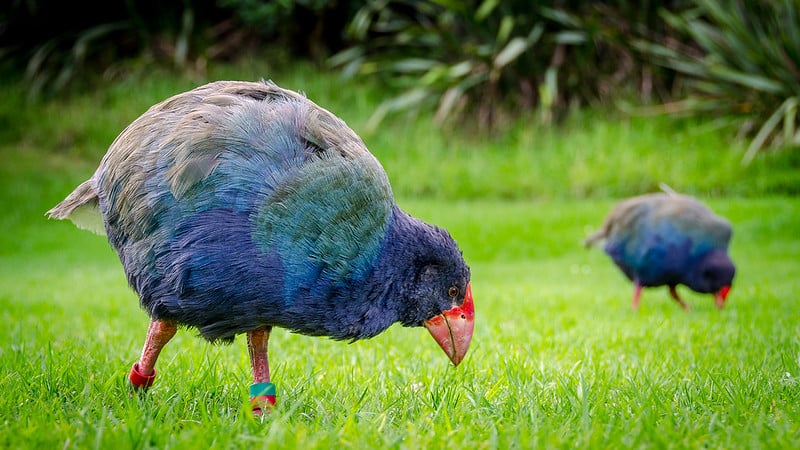During COP15 in Montreal, Canada, FSC together with WWF and IKEA announced the launch of an initiative to fast-track Biodiversity Assessments in...
Vous n'êtes pas connecté
- English
- Français
- عربي
- Español
- Deutsch
- Português
- русский язык
- Català
- Italiano
- Nederlands, Vlaams
- Norsk
- فارسی
- বাংলা
- اردو
- Azərbaycan dili
- Bahasa Indonesia
- Հայերեն
- Ελληνικά
- Bosanski jezik
- українська мова
- Íslenska
- Türkmen, Түркмен
- Türkçe
- Shqip
- Eesti keel
- magyar
- Қазақ тілі
- Kalaallisut ; kalaallit oqaasii
- Lietuvių kalba
- Latviešu valoda
- македонски јазик
- Монгол
- Bahasa Melayu ; بهاس ملايو
- ဗမာစာ
- Slovenščina
- тоҷикӣ ; toğikī ; تاجیکی
- ไทย
- O'zbek ; Ўзбек ; أۇزبېك
- Tiếng Việt
- ភាសាខ្មែរ
- རྫོང་ཁ
- Soomaaliga ; af Soomaali
 Maroc - TIMBERBIZ.COM.AU - A La Une - 10/Nov 23:49
Maroc - TIMBERBIZ.COM.AU - A La Une - 10/Nov 23:49
Biodiversity monitoring techniques rolling out in UK Forests
Crucial information on the condition of nature and the variety of wildlife in UK’s forests is being gathered at a speed and level of detail never before available thanks to innovative biodiversity monitoring techniques being rolled out. Source: Timberbiz Working with partners NatureMetrics and AgriSound, Forestry England is collecting eDNA samples of soil, water and air from across some of the 1,500 forests and woodlands in their care, and in March began installing 130 bioacoustic listening devices in four wild areas in the nation’s forests, to track the presence of winged insects. Already these biodiversity monitoring techniques are giving Forestry England ecologists enormous amounts of data revealing previously unknown species and helping them plan their actions to restore nature. Across 21 forests, 656 eDNA soil samples taken over four months showed the presence of more than 5,000 unique species of fungi, more than have ever been discovered in the nation’s forests in the last hundred years using traditional sampling methods, alongside a further 1,000 species of invertebrates. Biotechnology company NatureMetrics has converted the large species lists discovered through eDNA monitoring into accessible, robust data, giving Forestry England’s teams a new ability to track these biodiversity metrics over time and space. As well as gathering data through eDNA, Forestry England is working with agriculture technology company, AgriSound, that has developed specific algorithms that will track and report on pollinator activity via its bioacoustic monitoring device ‘Polly’. These Polly monitoring devices are producing real-time data on the presence of the common bumblebee in four wild areas in the nation’s forests. AgriSound’s Polly monitoring devices’ algorithms enable them to track bees’ flight by recognising wingbeat sounds and vibration, showing when they are present and their activity levels. Acoustic sensors are also being used to detect the presence and behaviour of bats across the wild areas, with 87 installed over the last two years in a survey partnership with the Bat Conservation Trust. Forestry England is taking a new approach to forestry in these wild areas, putting landscape-scale nature restoration at the forefront. The eDNA information and bioacoustic data on the bumblebee and bat populations present in each is a valuable piece of the jigsaw the teams will use to plan, measure and change their activities. Landscape management changes which respond to the data findings may include bringing in naturalistic grazing with low density cattle herds to improve soil health, rewiggling streams to create larger wetland habitats, and changing the tree species diversity and structure in woodland areas.
Articles similaires
The Forest Factor
A new publication launched by the Collaborative Partnership on Forests (CPF) warns that more needs to be done to protect, restore and sustainably...
Forest practices for supervisors
The latest batch of forest industry leaders were put to the test last week during the Forest Practices Authority’s 2024 Forest Practices for...
COP 16 side event on sustainable forest management
PEFC has been promoting nature-positive and people-positive sustainable forest management for the past 25 years, and the structures that have been put...
Showcasing alternative timbers all in one place
With parts constructed from four cypress species, eucalyptus flooring, poplar plywood ceiling linings and Douglas-fir roof framing, the Specialty Wood...
10 winter flowers that you can grow in India
Embrace the vibrancy of winter in India with a garden adorned by shade-loving flowers. From delicate African violets to bold fuchsias, these blooms...
Craigmore raises almost $100M for Pinus Radiata portfolio
Craigmore Sustainables’ Tōtara Forestry Partnership has raised an additional NZ$50 million over the past quarter, bringing total commitments to...
Costa Rica Airport Leads Wildlife Protection Efforts with Innovative Program
Costa Rica continues to affirm its commitment to wildlife protection with an advanced monitoring and control initiative at Juan Santamaría...
New carbon methods for ACCU Scheme should be nature positive
Forestry Australia wants the Federal Government to ensure that new ACCU Scheme carbon methods developed for managing native forests are truly...
Prehistoric Bird Believed to Be Extinct Returns to the Wild
The recent release of eighteen Takahē birds in the Lake Whakatipu Waimāori Valley on New Zealand’s South Island holds immense significance. These...
Les derniers communiqués
-
Aucun élément

